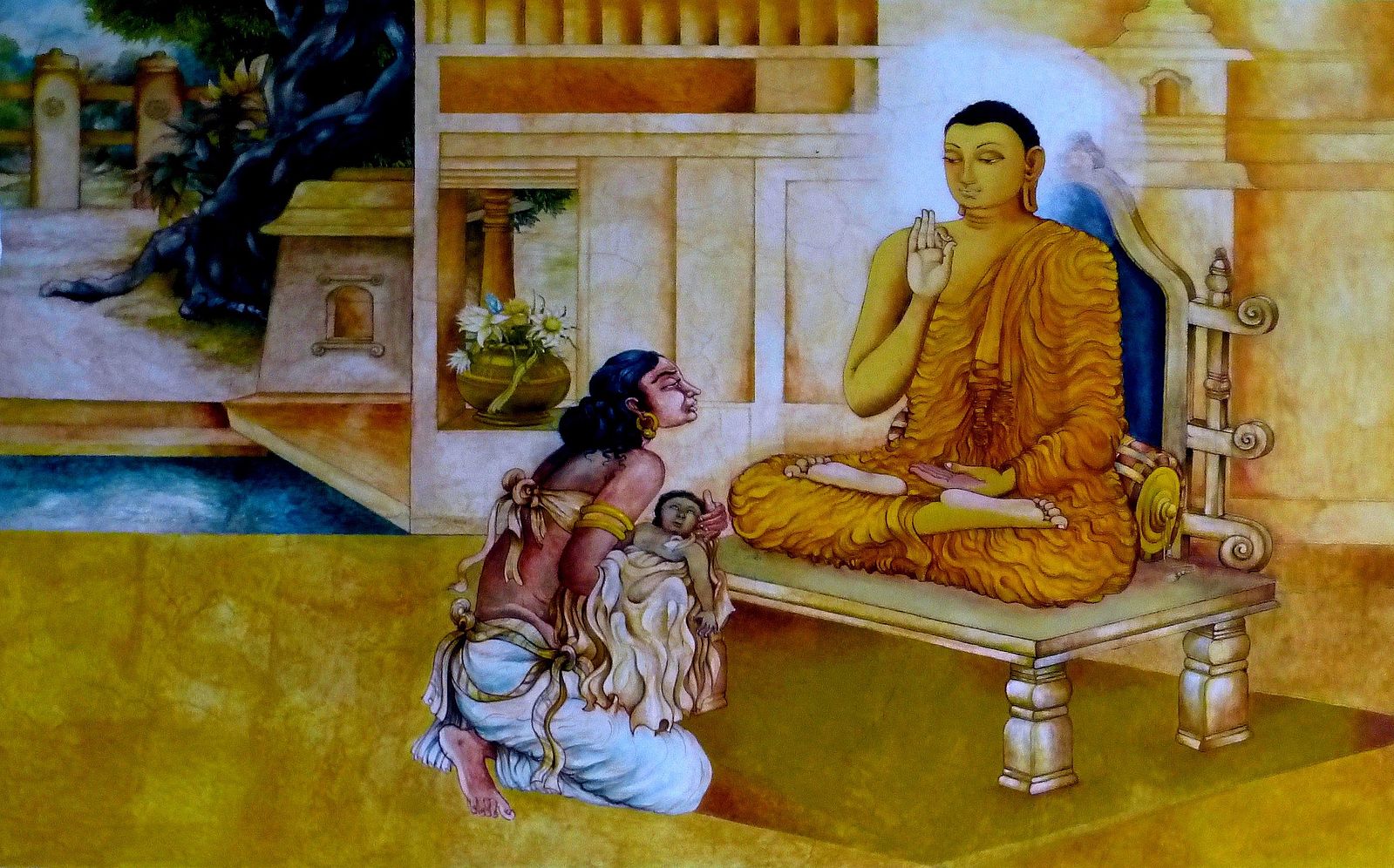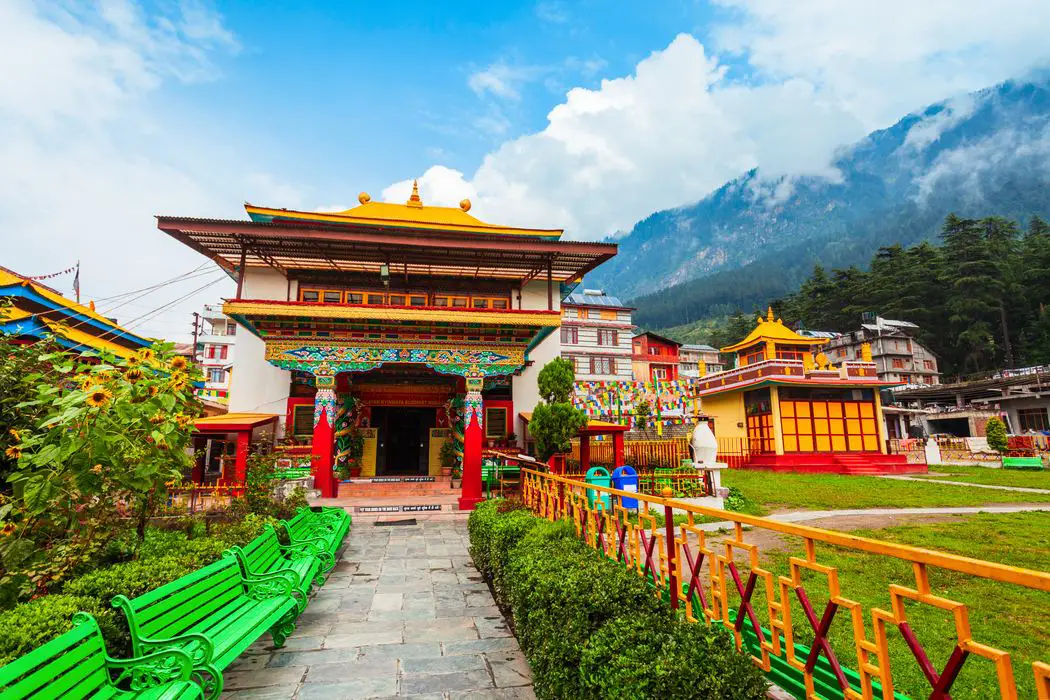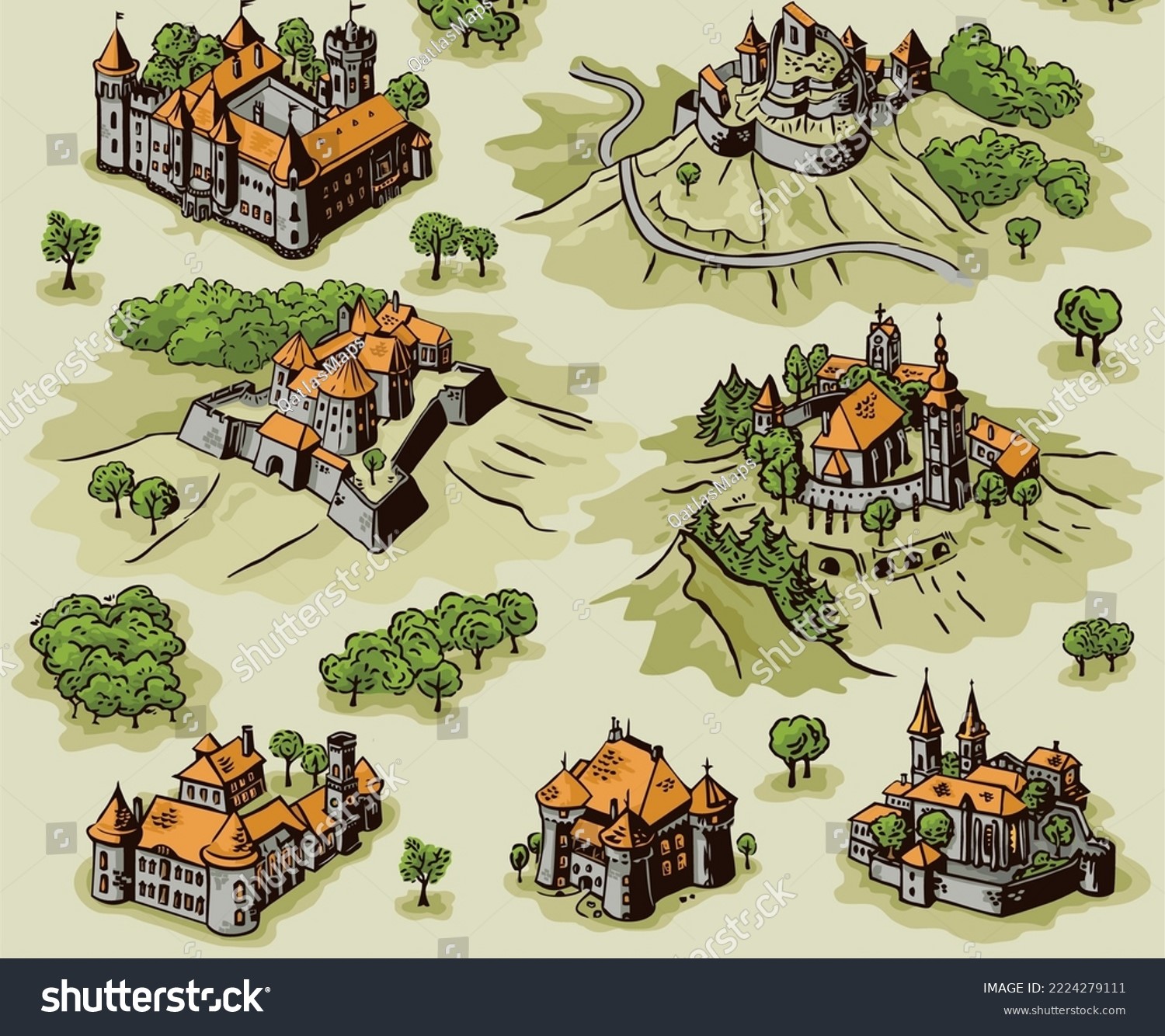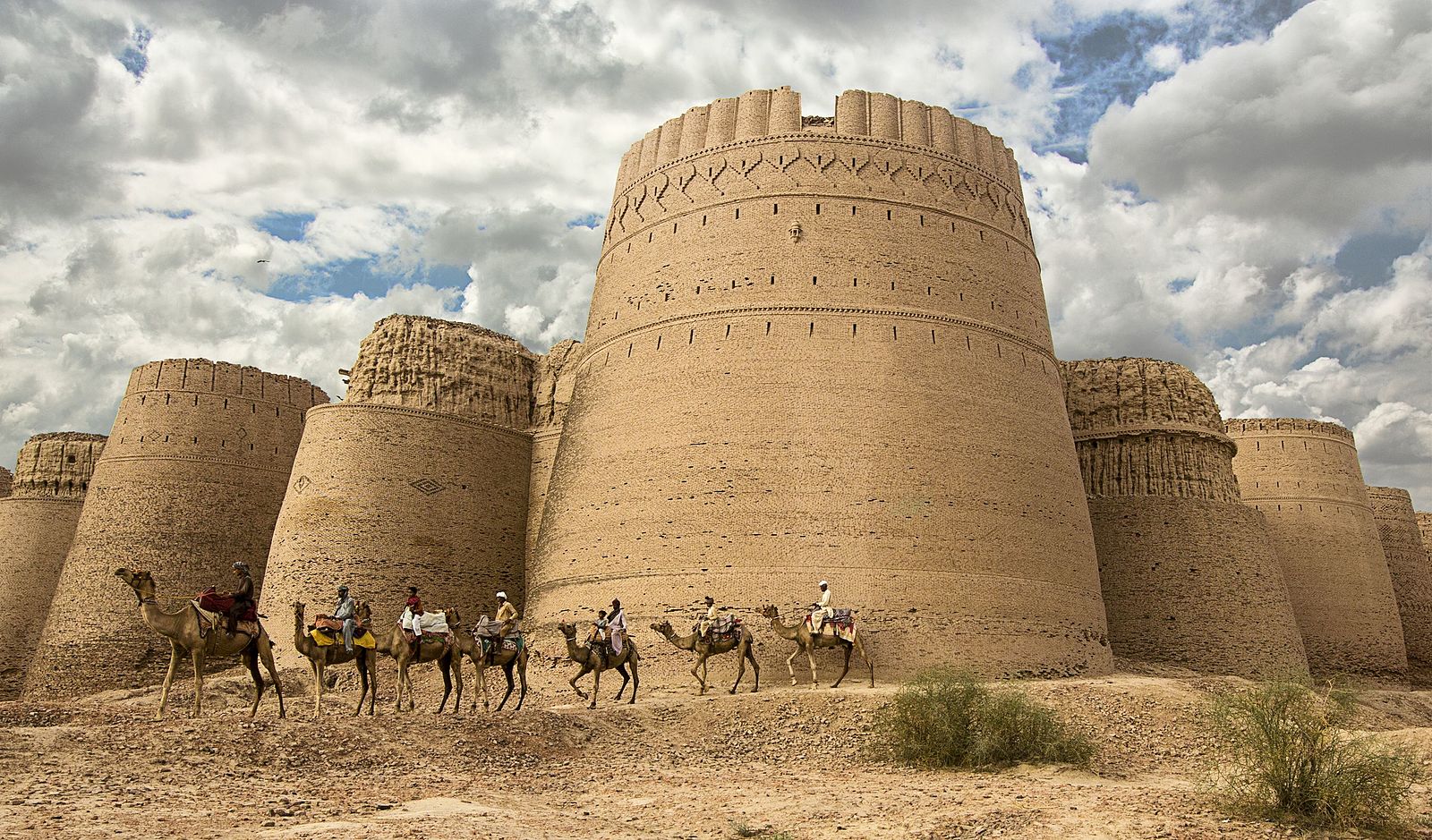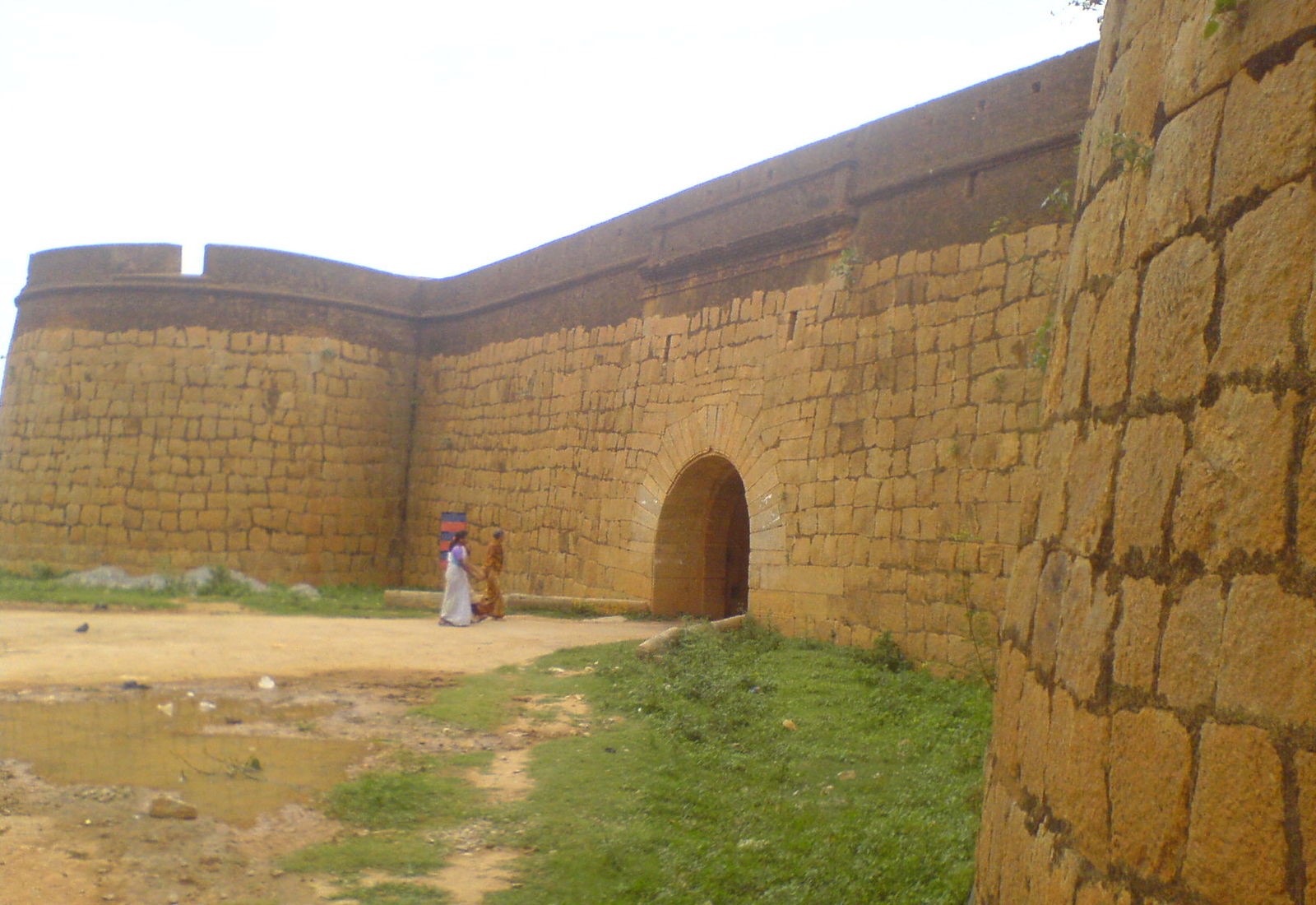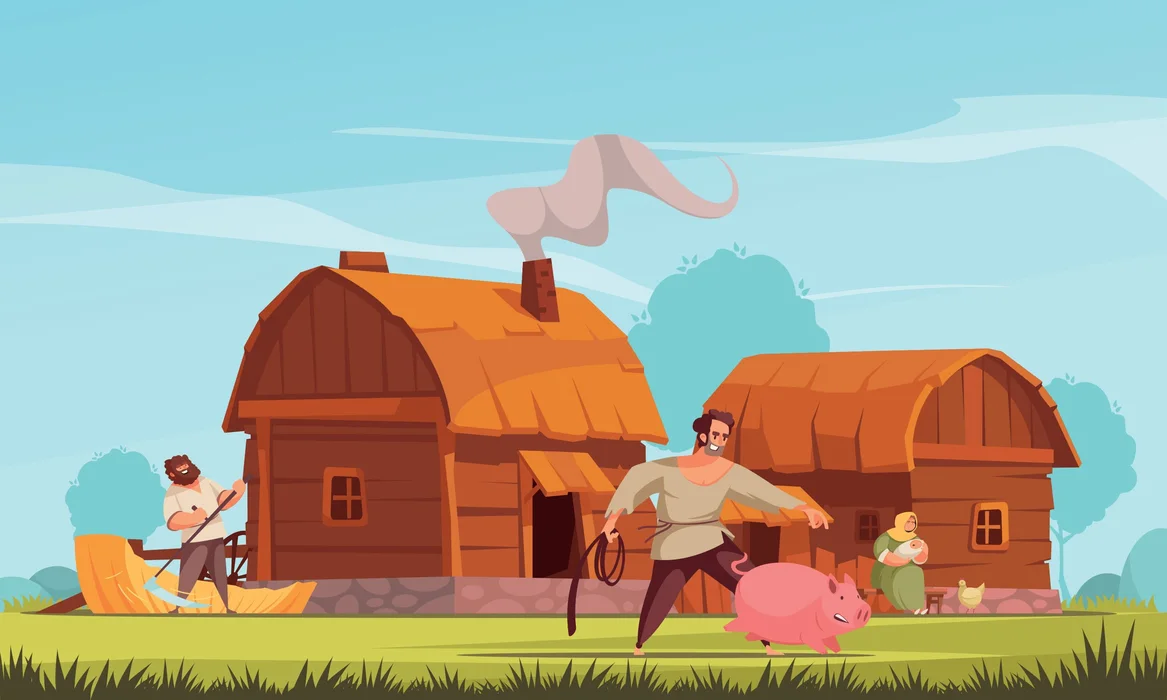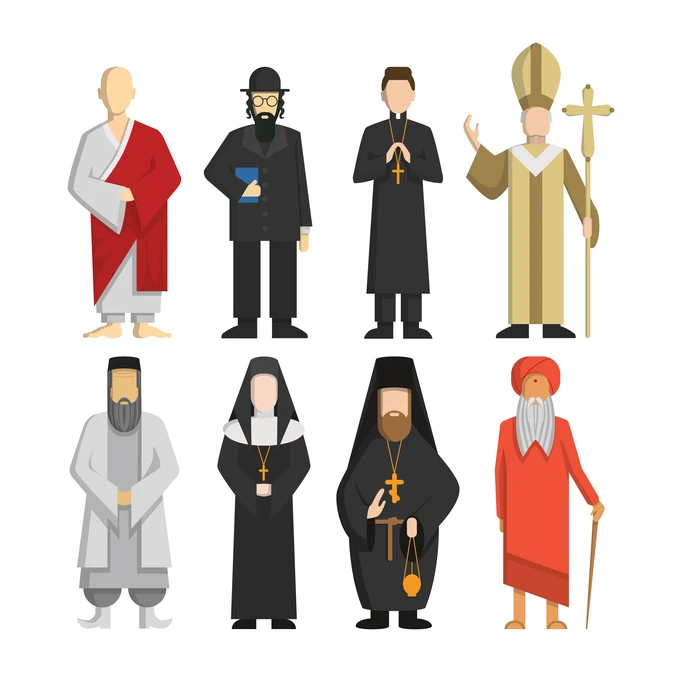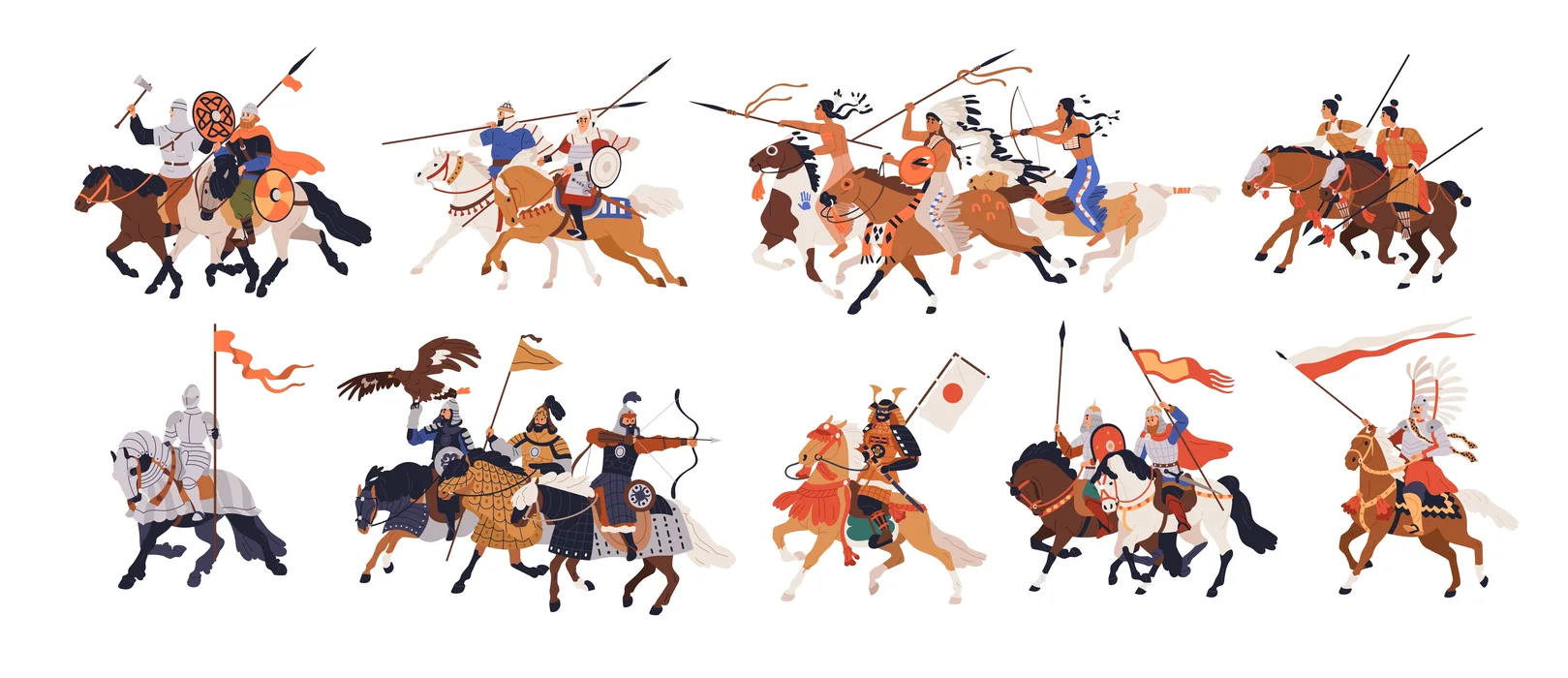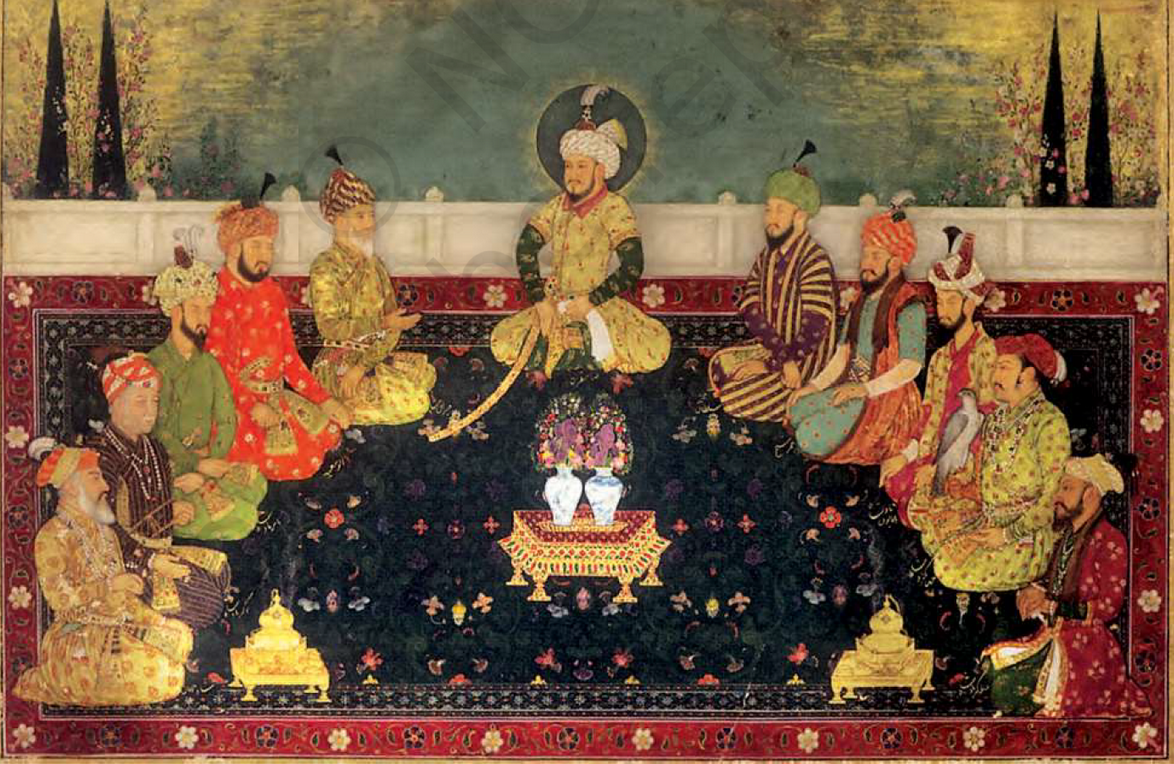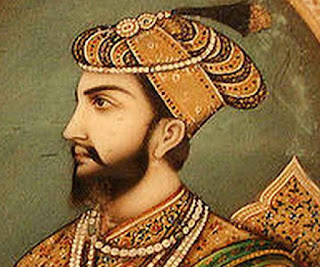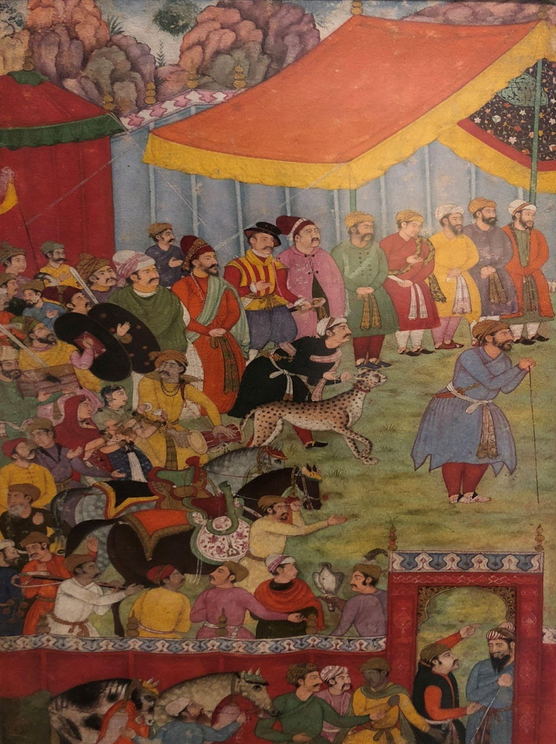Introduction
In the Mughal empire, the Maratha union was one of the most formidable kingdoms. Between 1674 and 1818, the Marathas ruled. During this period, they controlled the Deccan region of India. During the eighteenth century, they posed a serious threat to the Mughals and the British Empire. Guerilla warfare was well mastered by these Marathas. The Maratha confederacy was divided into different states under different chieftains such as Gaikwad, Sindhias, Holkars, and Bhonsle’s. Bhonsle was a powerful clan in Maratha, and Shahji and Shivaji were two of its important warriors.
The Maratha empire
The Bhonsle chief Shivaji laid the foundation for the Maratha empire. Before him, the Marathas were scattered among many confederacies in Deccan. He thus unified all the confederacies and gave them a hard time to the Mughals. The Marathas expanded from the Deccan to northern India after Mughal rule ended, leading to the establishment of the Maratha Empire. In 1761, Ahmad Shah Abdali challenged Maratha’s authority at the Third Battle of Panipat to determine who would inherit the Mughal dominion.
Other than the weak and waning Mughal rule, other factors that contributed to the rise of the Marathas included: the Maratha nationalism fostered by Bhakti movement leaders like Tukaram, Eknath, and Ramdas; their geographic location, which gave them access to ready-made rock forts to govern their kingdoms; and the political unrest in the south.
Who ruled the Maratha Kingdom?
The Maratha empire was divided into five confederacies; Peshwas of Pune, the Gaekwads of Baroda, the Bhonsles of Nagpur, the Holkars of Indore, and the Scindhias of Gwalior. Shivaji brought together all of these confederacies under the Maratha Empire. Under his leadership, the Marathas were always a political threat to the Mughals and the British. Maratha power passed to Sambhaji after Shivaji died. He was also among the strongest warriors, never losing a battle to the Mughals. Aurangzeb executed him in the end. A civil war broke out between Shahu and Tarabai after Sambhaji.
Shahu ascended to the kingdom with the aid of Balaji Vishwanath, and in exchange, he named Balaji Vishwanath Peshwa or Chief Minister. Because Shahu was a weak leader, Peshwa gradually began to gain control of the realm. The first Peshwa who established Maratha dominance was Balaji Vishwanath.
What was the title of Shivaji?
In 1674, the Maratha warrior Shivaji received the honorific title “Chhatrapati.” The Sanskrit name Chhatrapati was employed by the Marathas to designate a ruler. The word chatra in this title alludes to the top of an umbrella, and pati denotes the owner or master. Therefore, the term “Chatrapati” refers to a particular type of ruler who served as an umbrella to cover and secure his subjects. Shivaji used this title because it indicated a monarch who was also a protector, as opposed to the titles Raja or Maharaja, which only indicate a ruler.
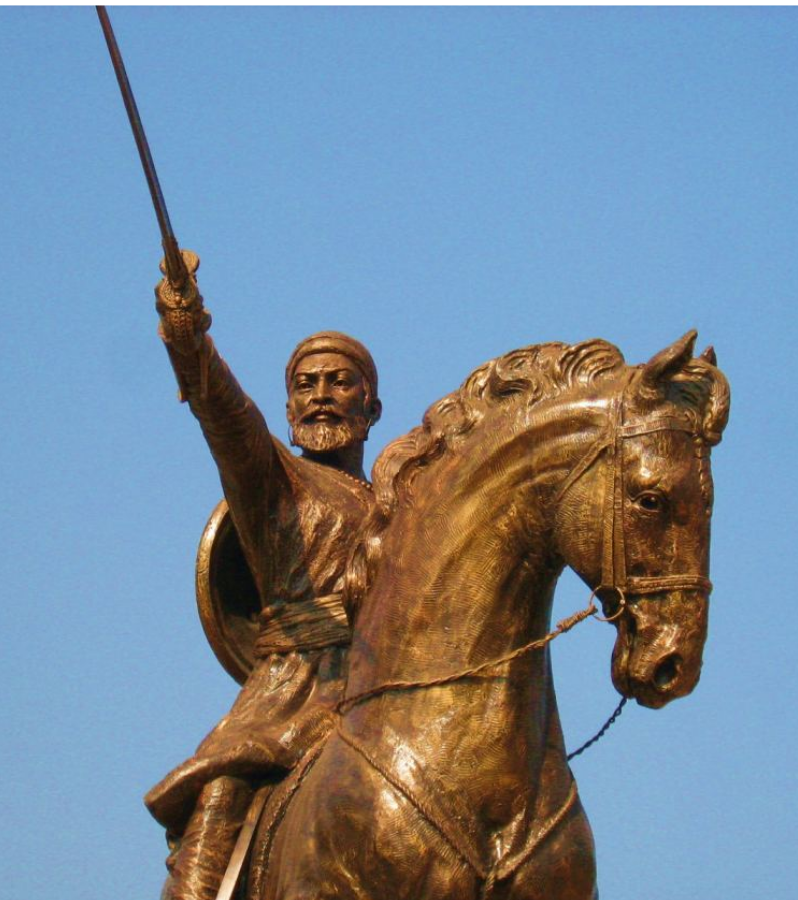
Maratha empire during Peshwas Era
Territories that were formerly a part of Shivaji’s empire but had been seized by Aurangzeb were returned by Balaji Viswanath, the first Peshwa of Shahus. He also assisted the Sayyid brothers in deposing Farrukhsiyar, the Mughal emperor. Six Mughal provinces in the Deccan received the Sardeshmukhi and Chauth taxes from him. His son Baji RaoI succeeded him as Peshwa. The Maratha kingdom became an empire during his rule. He also overcame Nizam-ul-Mulk and signed the Durai Sarai pact, which gave him control of Malwa and Bundelkhand.
Balaji Baji Rao, commonly known as Nana Saheb, succeeded his father, Baji Rao I, as Peshwa. He extended Maratha territory into Punjab and Delhi. The Marathas’ conquest of Punjab also brought them into conflict with Ahmed Shah Abdali, and in the Third Battle of Panipat, which took place in 1761, the Marathas suffered a crushing defeat that resulted in the deaths of several Maratha leaders, roughly 28,000 soldiers, and Vishwas Rao and Sadashiv Rao Bhau.
The Decline of Martha’s empire
The subsidiary alliance signed by Baji Rao II at the tail end of the 18th century and the beginning of the first quarter of the 19th century marked the beginning of the Maratha kingdom’s decline. The decline of the Marathas was caused by several factors, including the following:
- Internal strife among Maratha chiefs from various confederacies jeopardized the empire’s unity. British people used this shortcoming to their advantage to advance their imperial goals.
- Instead of attempting to establish a structured empire, the Marathas were constantly used to pillage areas outside their control. As a result, they never made an effort to improve their subjects’ social, economic, or cultural circumstances. As a result, their people’s allegiance was lost.
- After the 18th century, the Marathas lacked effective leaders and were forced to engage the outstanding English generals in several conflicts, which served as another major factor in the fall of the Maratha empire.
Summary
One of the most powerful regional kingdoms to emerge in Deccan following the fall of the Mughal Empire was the Maratha empire. By extending its rule from the Deccan to the northern regions of India when Shivaji assumed the Maratha throne, the kingdom began to resemble an empire. The Peshwas, who always posed a severe threat to the Mughal rule after Shivaji, also contributed significantly to the growth of this kingdom. The British could see the kingdom’s fragility after the Marathas were crushed in the Third Battle of Panipat. And finally, the Maratha chieftain’s submission to the East India Company in 1818 marked the end of this kingdom.
Frequently Asked Questions
1. What were Chauth and Sardeshmukhi?
Ans. Chauth was one-fourth of the total production that was given as a tax to the Marathas by non-Maratha territories as a token of safeguard for not invading these territories. Sardeshmukhi was the extra tax of 10% over Chauth that was to be paid as a homage to the Maratha ruler for ruling over non-Maratha lands.
2. What was the Guerilla warfare technique?
Ans. Guerilla warfare describes a style of conflict in which fighters with limited weapons participated rather than conventional military forces. These battles involved ambushes, raids, and surprise attacks.
3. Who was Ahmed Shah Abdali?
Ans. Afghanistan’s current government was established by Ahmed Shah Adali, who also served as king of the Durrani Empire. Eight times between 1748 and 1767, he invaded India. The Mughal empire suffered as a result of his repeated invasions.
